Explore the uncanny valley AI phenomenon, its impact on technology and design, and strategies for creating AI that bridges the gap between human and machine.
Get the latest international news and world events from around the world.
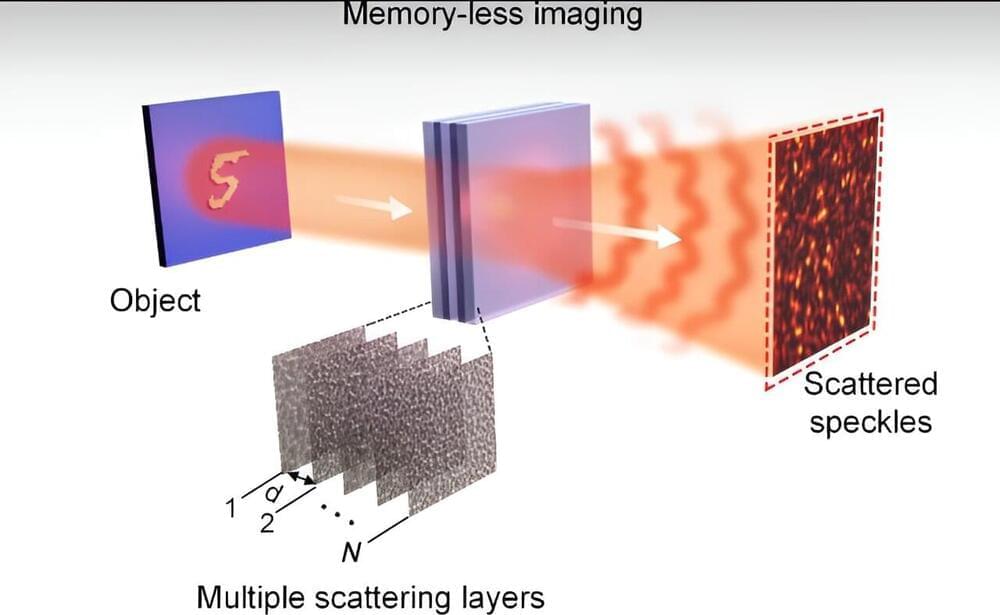
Convolutional optical neural networks herald a new era for AI imaging
Convolutional neural networks (CNNs), with their exceptional image recognition capabilities, have performed outstandingly in the field of AI and notably within platforms like ChatGPT. Recently, a team of Chinese researchers from University of Shanghai for Science and Technology have successfully introduced the concept of CNNs into the field of optics and realized convolutional all-optical neural network, bringing revolutionary progress to AI imaging technology.
Led by Prof. Min Gu and Prof. Qiming Zhang from School of Artificial Intelligence Science and Technology (SAIST) at the University of Shanghai for Science and Technology (USST), the research team has developed an ultrafast convolutional optical neural network (ONN), which achieves efficient and clear imaging of objects behind scattering media without relying on the optical memory effect.
This finding was published in the journal Science Advances, in a paper titled “Memory-less scattering imaging with ultrafast convolutional optical neural networks.”
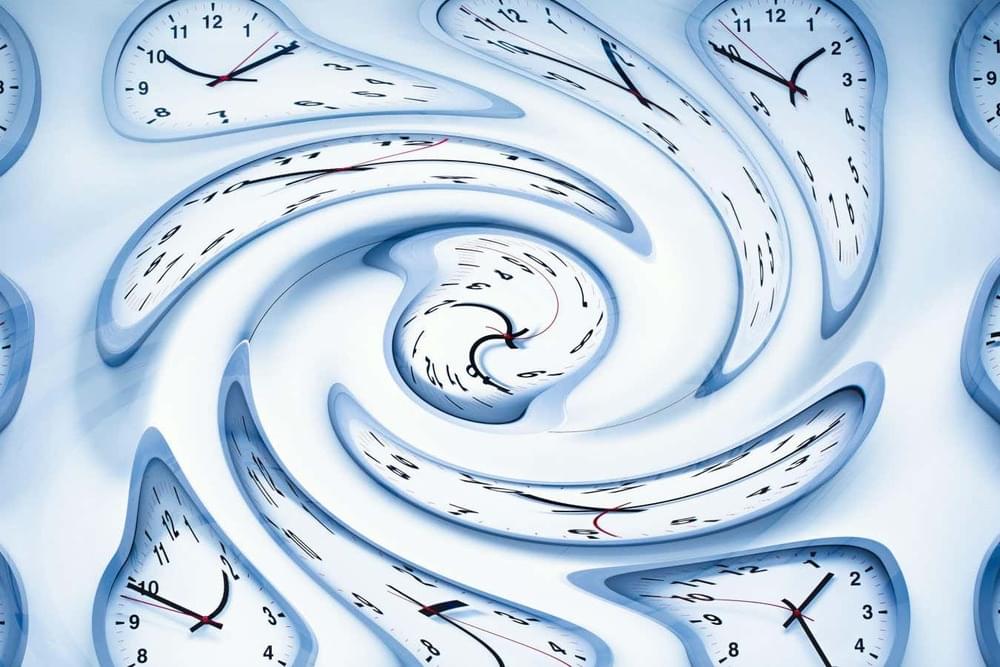
The mathematician who worked out how to time travel
Mathematics suggested that time travel is physically possible – and Kurt Gödel proved it. Mathematician Karl Sigmund explains how the polymath did it.
By Karl Sigmund
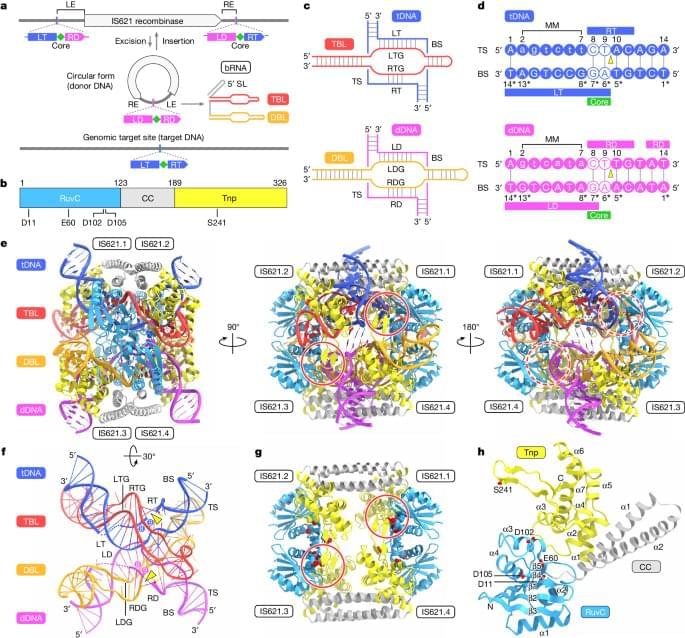
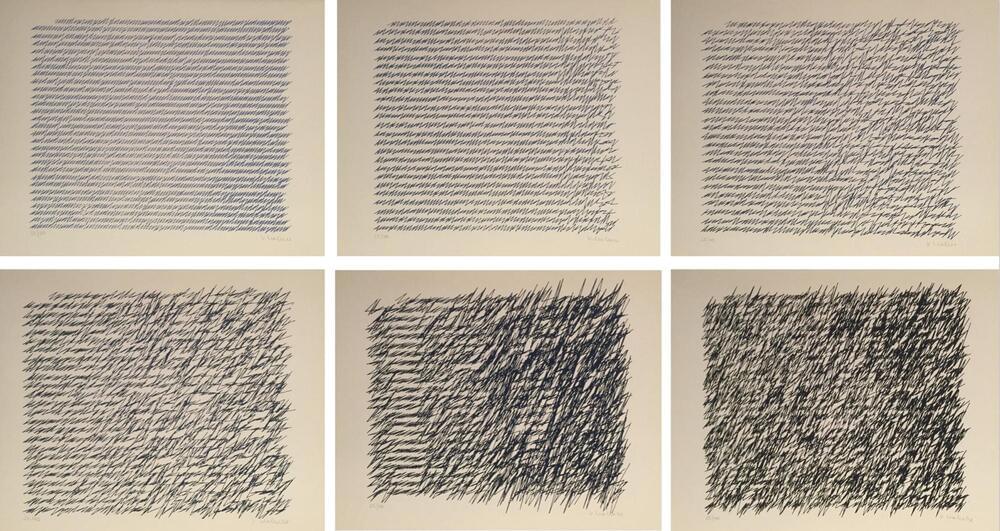
AI Generated Content and Academic Journals
What are good policy options for academic journals regarding the detection of AI generated content and publication decisions? As a group of associate editors of Dialectica note below, there are several issues involved, including the uncertain performance of AI detection tools and the risk that material checked by such tools is used for the further training of AIs. They’re interested in learning about what policies, if any, other journals have instituted in regard to these challenges and how they’re working, as well as other AI-related problems journals should have policies about. They write: As associate editors of a philosophy journal, we face the challenge of dealing with content that we suspect was generated by AI. Just like plagiarized content, AI generated content is submitted under false claim of authorship. Among the unique challenges posed by AI, the following two are pertinent for journal editors. First, there is the worry of feeding material to AI while attempting to minimize its impact. To the best of our knowledge, the only available method to check for AI generated content involves websites such as GPTZero. However, using such AI detectors differs from plagiarism software in running the risk of making copyrighted material available for the purposes of AI training, which eventually aids the development of a commercial product. We wonder whether using such software under these conditions is justifiable. Second, there is the worry of delegating decisions to an algorithm the workings of which are opaque. Unlike plagiarized texts, texts generated by AI routinely do not stand in an obvious relation of resemblance to an original. This renders it extremely difficult to verify whether an article or part of an article was AI generated; the basis for refusing to consider an article on such grounds is therefore shaky at best. We wonder whether it is problematic to refuse to publish an article solely because the likelihood of its being generated by AI passes a specific threshold (say, 90%) according to a specific website. We would be interested to learn about best practices adopted by other journals and about issues we may have neglected to consider. We especially appreciate the thoughts of fellow philosophers as well as members of other fields facing similar problems. — Aleks…
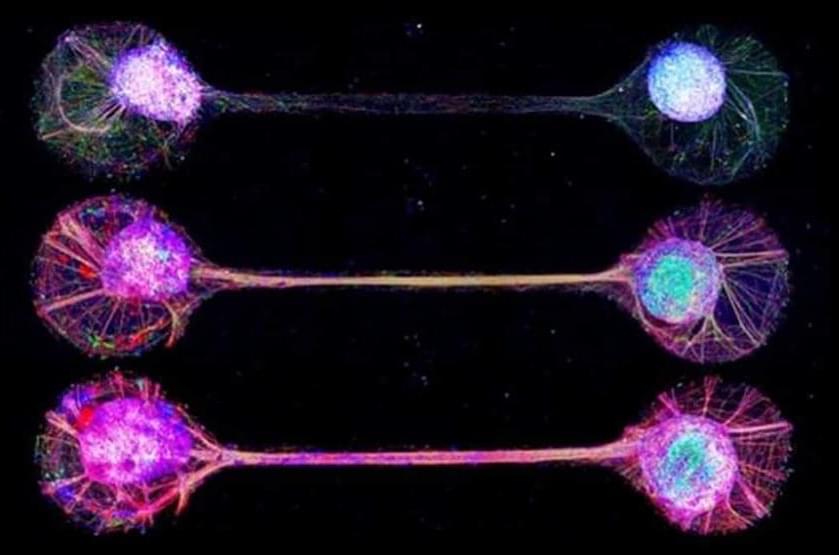
Bridging Brain Circuits with Lab-Grown Neural Networks
Summary: Researchers successfully connected lab-grown brain tissues, mimicking the complex networks found in the human brain. This novel method involves linking “neural organoids” with axonal bundles, enabling the study of interregional brain connections and their role in human cognitive functions.
The connected organoids exhibited more sophisticated activity patterns, demonstrating both the generation and synchronization of electrical activity akin to natural brain functions. This breakthrough not only enhances our understanding of brain network development and plasticity but also opens new avenues for researching neurological and psychiatric disorders, offering hope for more effective treatments.
Brain in a dish — the potential of organoid intelligence and biological computing
In February 2023, Frontiers in Science published an article titled “Organoid Intelligence (OI): The New Frontier in Biocomputing and Intelligence-in-a-Dish.” Since its publication, this research has sparked significant scientific interest and gained coverage in Forbes, Financial Times, Wall Street Journal, BBC, CNN and many others.
So, what is organoid intelligence and why has this article gathered such attention?
The article showcases a forward-thinking and captivating concept of how brain organoids – artificially grown human brain tissue – could be used to study human brain cognitive function, with potential assistance from artificial intelligence and biocomputing. This multidisciplinary, emerging field holds great promise for advancing our understanding of the brain and accelerating progress in neuroscience research.
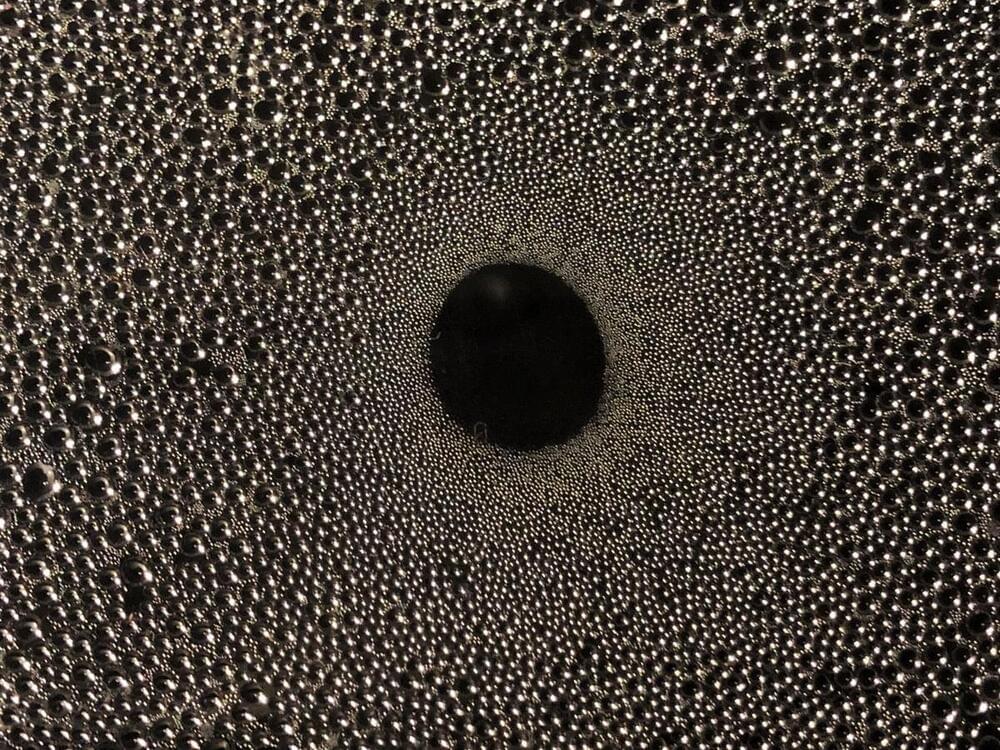
Collapsing Sheets of Spacetime Could Explain Dark Matter and Why the Universe ‘Hums’
Domain walls, long a divisive topic in physics, may be ideal explanations for some bizarre cosmic quirks.
“As long as they live for long enough, they will always become large cosmological beasts,” says Ricardo Ferreira, a cosmologist at the University of Coimbra in Portugal. He’s not talking about actual beasts but rather about hypothetical humongous sheets of spacetime that could divide one region of the universe from another. Such so-called domain walls are the natural outcome of theories that try to solve some of the deepest mysteries in physics, such as the origins of gravity. As Ferreira says, however, had they formed after the big bang, by today they’d be the dominant source of energy in our universe, and there’s no evidence that’s the case. So any theory invoking their existence has been considered suspect—until now, perhaps.
Plasma Trigonelline: A Mediator For Dietary Trigonelline To Increase NAD? (8-Test Analysis)
Join us on Patreon! https://www.patreon.com/MichaelLustgartenPhDDiscount Links: NAD+ Quantification: https://www.jinfiniti.com/intracellular-nad-test/Use Cod…
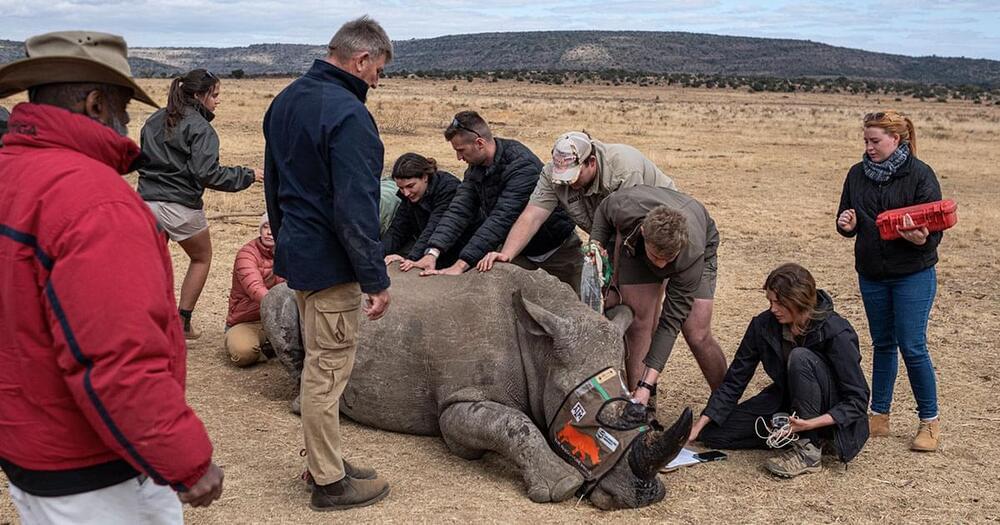
Scientists Implant Radioactive Material Into Horn of Living Rhinoceros to Poison Anyone Who Consumes It
In an effort to make them useless to poachers, researchers are implanting radioactive isotopes into the horns of rhinos in South Africa.
The unusual material would “render the horn useless… essentially poisonous for human consumption,” James Larkin, professor and dean of science at the University of the Witwatersrand in Johannesburg, told Agence France-Presse.
The isotopes would also be “strong enough to set off detectors that are installed globally,” Larkin added, referring to hardware that was originally installed to “prevent nuclear terrorism.”